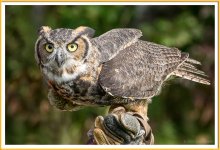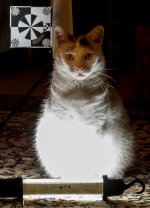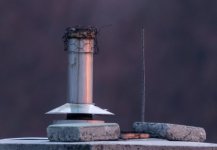JGobeil
Nature Photographer
My telescope expert friend lent me his new Canon 100-400 II to test, so I have spent the afternoon doing three way comparisons, resolution and AF. The IQ from the 100-400 is slightly better than the other two, but in reality, all three are about the same in terms of sharpness. The 400/5.6 has a little less contrast due to higher CA, but it is not so bad. The shots from the 100-400 though, have more punch and overall clarity than the other two. BUT... it is PAINFULLY slow to AF on the E-M1. AF is best by a good bit with the Sigma, but the 400 is not that far behind.
So, Carlos, in a way you are right. At the moment it looks like the best thing to do would be to get an E-M1 II and see how it goes. My guess is there would be more to gain there than from the Sigma. I can always get my friend's 100-400 to re-test if I do get a Mark II. If it really is superior focusing the Canon 100-400 that would be a serious consideration.
The build of the Sigma is far above the Canons. Really solid! Just not that much of an advantage for me.... we'll see. I am in no rush.
I can't see why one would buy a Canon 100-400mm II to use with an E-M1. IMO, it would be much better to purchase a Pana/Leica 100-400mm. It is smaller, lighter, less expensive and doesn't require an adapter. AF is instantaneous. Also, I doubt there is much difference in terms of sharpness.
I'm really pleased with mine. It is one of the best purchases I have made in terms of camera equipment. I'm really looking forward to use it with the E-M1 II.






